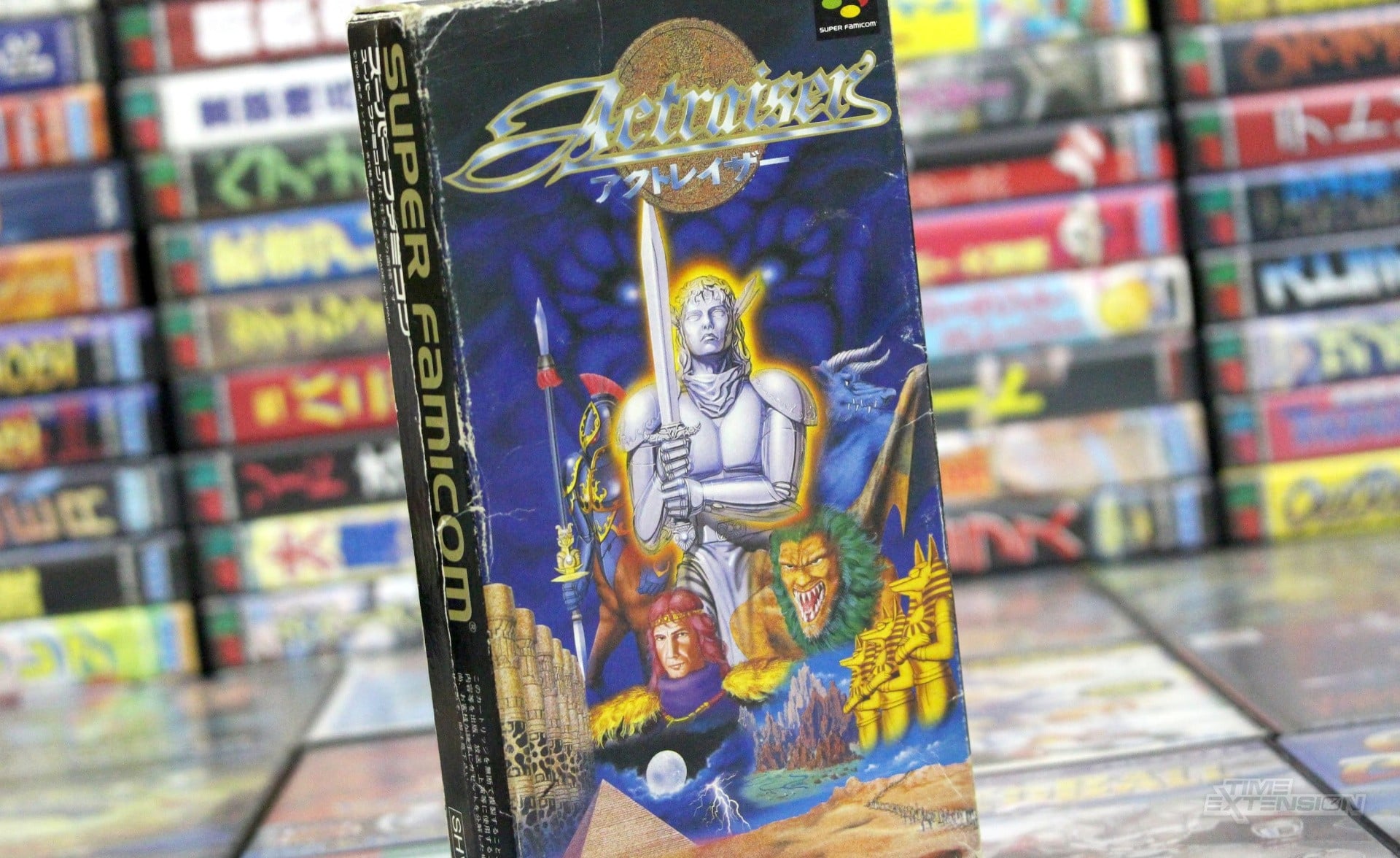This year marks the 30th anniversary of Sony’s groundbreaking entry into the video game industry with the launch of the original PlayStation.
The legacy of PlayStation is often intertwined with Nintendo, thanks to a near-collaboration in the early 1990s that could have radically altered the gaming landscape.
During the Super Nintendo Entertainment System (SNES) era, Nintendo and Sony were poised to work together on a CD-based peripheral for Nintendo’s flagship 16-bit console—a project that would eventually be known as the "SNES-CD." As the demand for richer, more expansive games grew, Nintendo recognized the limitations of cartridge-based media.
In response, they entered talks with Sony to develop an add-on that would enable the SNES to play games on compact discs.
Industry veteran Ken Kutaragi, often credited as the father of PlayStation, led Sony’s technology efforts.
Plans reportedly progressed to an advanced stage, with an announcement slated for the 1993 Computer Entertainment Show (CES). In a recent Eurogamer interview, former PlayStation executive Shawn Layden reflected on how close this partnership came to fruition.
Layden explained that as the industry pushed for greater storage capacity, Nintendo reached its limits with cartridges, prompting Sony—under Kutaragi’s guidance—to develop compact disc technology specifically tailored to the SNES platform.
"We were essentially ready to go," Layden recounted.
However, at the last moment, Nintendo decided to withdraw from the deal, opting instead to seek collaboration with Philips.
Layden described the situation as being "left at the altar," with Kutaragi standing ready to present the optical disc drive while Nintendo pivoted away from their partnership. The aftermath of the failed collaboration proved pivotal.
Kutaragi, motivated by the split, reportedly convinced Sony’s leadership that their technology could serve as the foundation for a brand-new game console.
With further development, this ultimately resulted in the release of the PlayStation in December 1994, fundamentally changing the industry’s trajectory. Nintendo’s decision to back away from the Sony partnership not only led to heightened competition in the console market but also set the stage for innovations in hardware and software distribution.
The original PlayStation went on to sell over 100 million units worldwide, spawning a legacy still felt in today’s gaming landscape—especially as Nintendo continues to evolve with the Nintendo Switch and digital services like the eShop. This turning point remains a defining chapter in video game history, reminding industry veterans and gamers alike of how collaborations—and the decisions to end them—can shape generations of technology, creativity, and competition.
The legacy of PlayStation is often intertwined with Nintendo, thanks to a near-collaboration in the early 1990s that could have radically altered the gaming landscape.
During the Super Nintendo Entertainment System (SNES) era, Nintendo and Sony were poised to work together on a CD-based peripheral for Nintendo’s flagship 16-bit console—a project that would eventually be known as the "SNES-CD." As the demand for richer, more expansive games grew, Nintendo recognized the limitations of cartridge-based media.
In response, they entered talks with Sony to develop an add-on that would enable the SNES to play games on compact discs.
Industry veteran Ken Kutaragi, often credited as the father of PlayStation, led Sony’s technology efforts.
Plans reportedly progressed to an advanced stage, with an announcement slated for the 1993 Computer Entertainment Show (CES). In a recent Eurogamer interview, former PlayStation executive Shawn Layden reflected on how close this partnership came to fruition.
Layden explained that as the industry pushed for greater storage capacity, Nintendo reached its limits with cartridges, prompting Sony—under Kutaragi’s guidance—to develop compact disc technology specifically tailored to the SNES platform.
"We were essentially ready to go," Layden recounted.
However, at the last moment, Nintendo decided to withdraw from the deal, opting instead to seek collaboration with Philips.
Layden described the situation as being "left at the altar," with Kutaragi standing ready to present the optical disc drive while Nintendo pivoted away from their partnership. The aftermath of the failed collaboration proved pivotal.
Kutaragi, motivated by the split, reportedly convinced Sony’s leadership that their technology could serve as the foundation for a brand-new game console.
With further development, this ultimately resulted in the release of the PlayStation in December 1994, fundamentally changing the industry’s trajectory. Nintendo’s decision to back away from the Sony partnership not only led to heightened competition in the console market but also set the stage for innovations in hardware and software distribution.
The original PlayStation went on to sell over 100 million units worldwide, spawning a legacy still felt in today’s gaming landscape—especially as Nintendo continues to evolve with the Nintendo Switch and digital services like the eShop. This turning point remains a defining chapter in video game history, reminding industry veterans and gamers alike of how collaborations—and the decisions to end them—can shape generations of technology, creativity, and competition.






